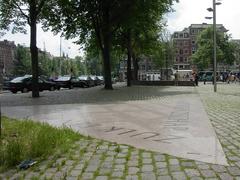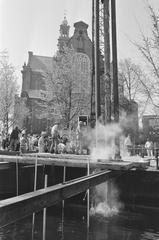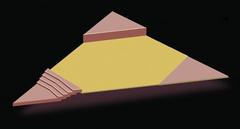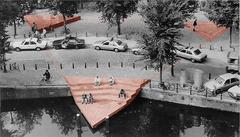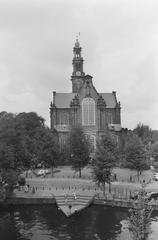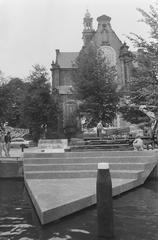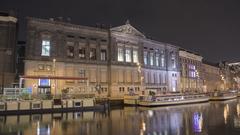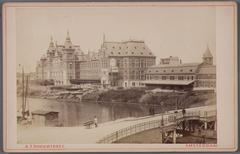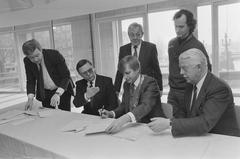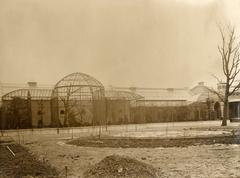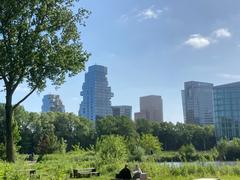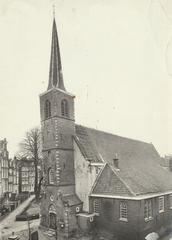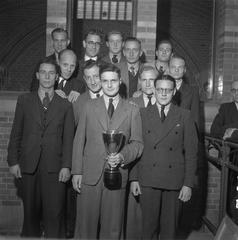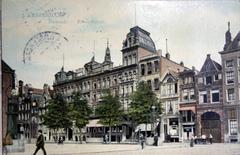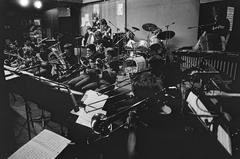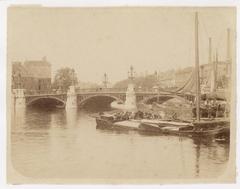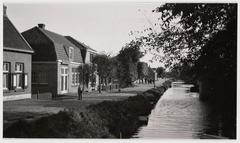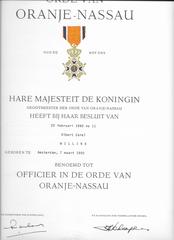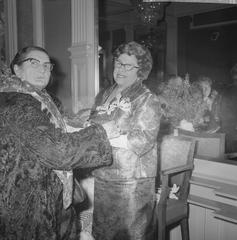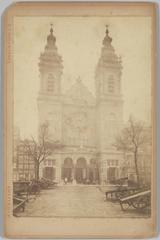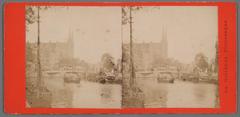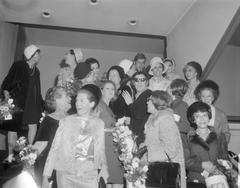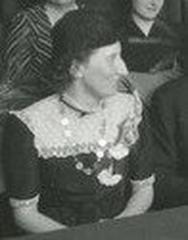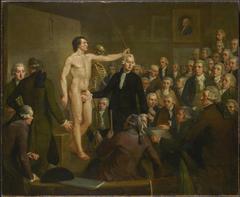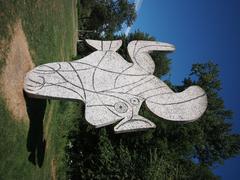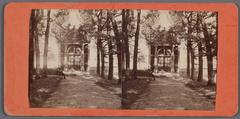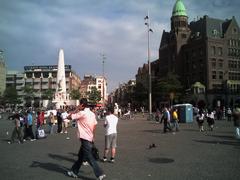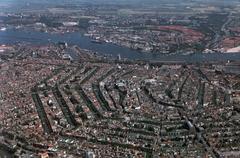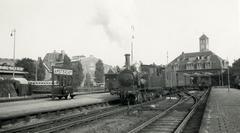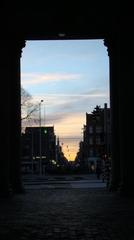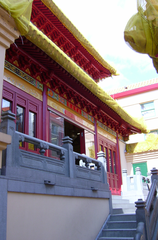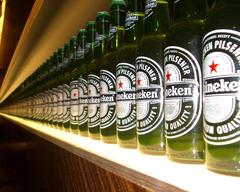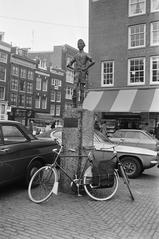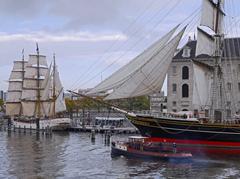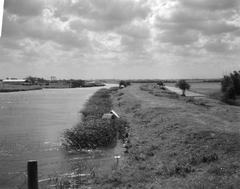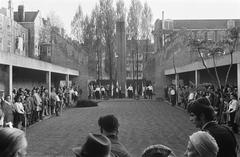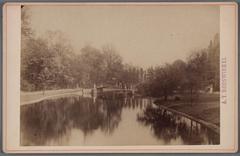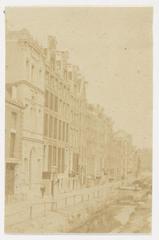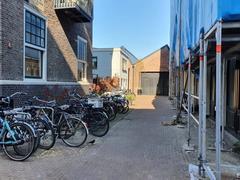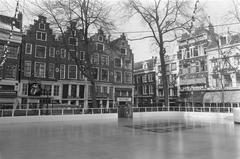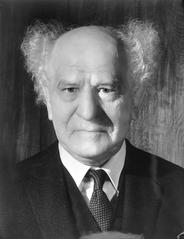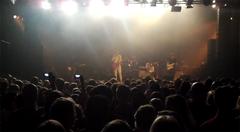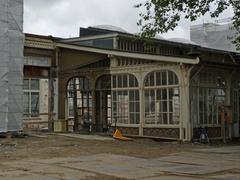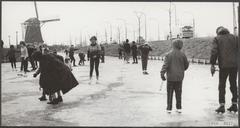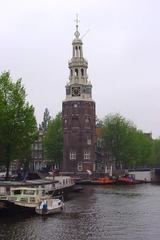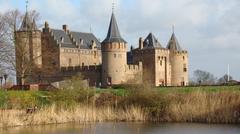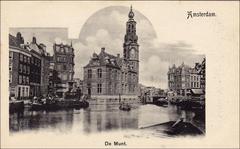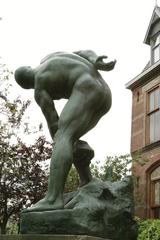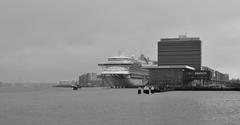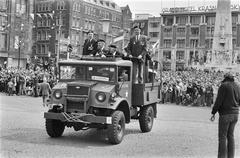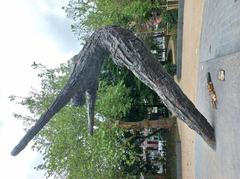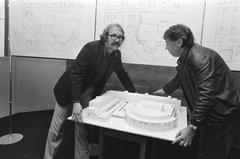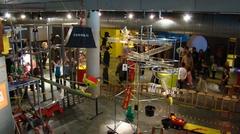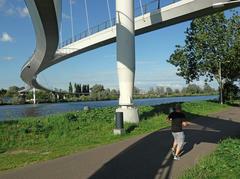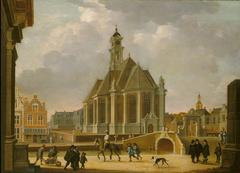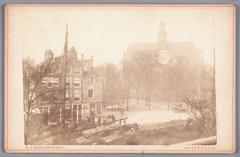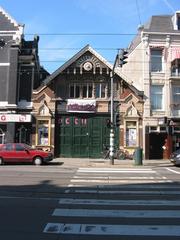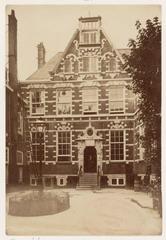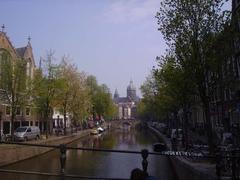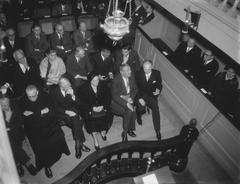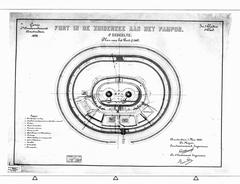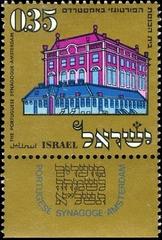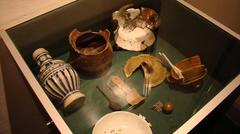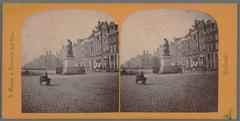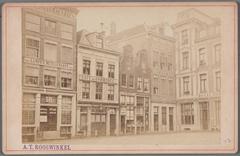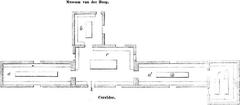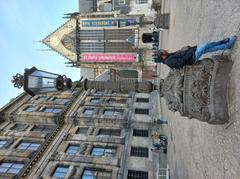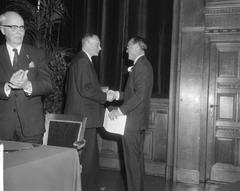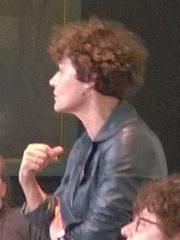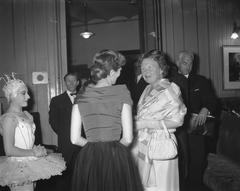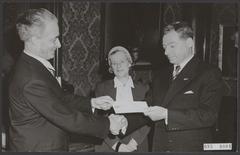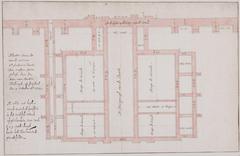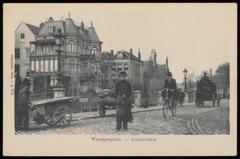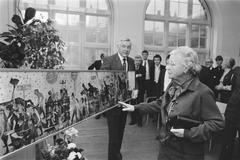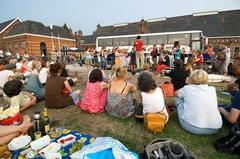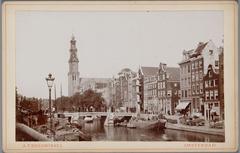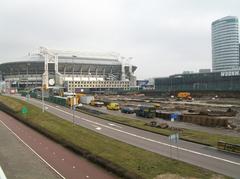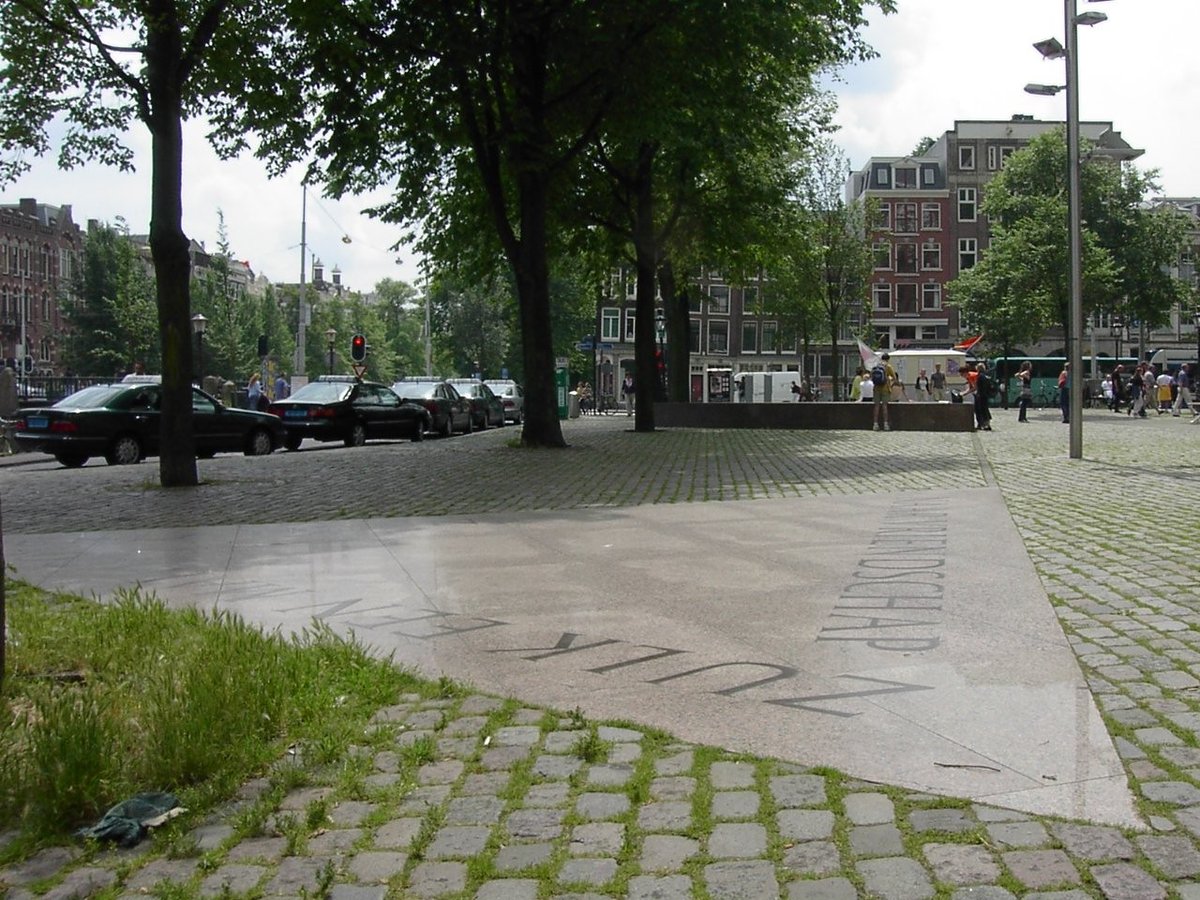
Guide to Visiting Homomonument in Amsterdam
Date: 23/07/2024
Introduction
The Homomonument in Amsterdam, Netherlands, stands as a poignant reminder of the struggles and triumphs of the LGBTQ+ community. Conceived in the late 1970s as a response to the persecution of homosexuals during World War II, the monument is now an internationally recognized symbol of pride and resistance (Homomonument Foundation). Unveiled on September 5, 1987, the Homomonument was the first monument in the world dedicated to the persecution of homosexuals and has since played a crucial role in the cultural and social fabric of Amsterdam (Homomonument History). Designed by Dutch artist Karin Daan, the monument features three large pink granite triangles arranged to form a larger triangle, symbolizing the past, present, and future struggles of the LGBTQ+ community (Karin Daan). The Homomonument is not just a memorial but a living testament to the ongoing fight for equality and acceptance, hosting numerous events and educational activities throughout the year (Pride Amsterdam). Situated in a culturally rich area of Amsterdam, near landmarks like the Anne Frank House and the National War Memorial on Dam Square, the Homomonument serves as a focal point for reflection, celebration, and activism (COC Nederland).
Table of Contents
- Introduction
- Discover the History and Visiting Hours of the Homomonument in Amsterdam
- Conclusion
- References
Discover the History and Visiting Hours of the Homomonument in Amsterdam
Origins and Conceptualization
The idea for the Homomonument emerged in the late 1970s from the need to commemorate the persecution of homosexuals during World War II and to celebrate the ongoing fight for LGBTQ+ rights. The initial proposal was put forward by the Dutch gay rights group, the “Homomonument Foundation,” in 1979. The foundation aimed to create a space that would serve as a reminder of past injustices and a beacon of hope for future generations (Homomonument Foundation).
Design and Construction
The design of the Homomonument was selected through a public competition, which attracted numerous entries from around the world. The winning design, created by Dutch artist Karin Daan, was chosen for its simplicity and profound symbolism. The monument consists of three large pink granite triangles, each measuring 10 meters on each side, arranged to form a larger triangle. This design was inspired by the pink triangle symbol used by the Nazis to identify homosexuals in concentration camps, which has since been reclaimed by the LGBTQ+ community as a symbol of pride and resistance (Karin Daan).
Symbolism and Layout
The Homomonument’s three triangles each represent different aspects of the LGBTQ+ experience. The first triangle points towards the National War Memorial on Dam Square, symbolizing the connection to the past and the memory of those who suffered during the Holocaust. The second triangle points towards the Anne Frank House, highlighting the ongoing struggle against oppression and the importance of solidarity. The third triangle points towards the headquarters of the COC Nederland, the Dutch LGBTQ+ rights organization, signifying the future and the continued fight for equality (COC Nederland).
Visitor Information (Tickets, Hours, Accessibility)
The Homomonument is accessible to visitors year-round and is free to visit. There are no ticket requirements, making it an inclusive space for all. The site is open 24 hours a day, allowing for flexible visiting hours to accommodate various schedules. The City of Amsterdam has made efforts to enhance the monument’s accessibility, including the installation of information panels and the development of a mobile app providing historical context and visitor information (Homomonument App).
Nearby Attractions and Travel Tips
Located in the heart of Amsterdam, the Homomonument is surrounded by a myriad of historical and cultural sites. Nearby attractions include the Anne Frank House, the National War Memorial on Dam Square, and the vibrant Jordaan district. Visitors are encouraged to explore these nearby sites to gain a deeper understanding of Amsterdam’s rich history and cultural diversity. Public transportation options are readily available, making it easy to travel to and from the monument (I Amsterdam).
Commemorative Events and Activities
Since its unveiling, the Homomonument has become a focal point for various commemorative events and activities. Each year, on May 4th, a wreath-laying ceremony is held at the monument as part of the National Remembrance of the Dead, honoring the LGBTQ+ victims of World War II. Additionally, the monument hosts events such as Pride Amsterdam, World AIDS Day, and International Day Against Homophobia, Transphobia, and Biphobia (IDAHOTB), drawing visitors from around the world (Pride Amsterdam).
Impact and Legacy
The Homomonument has had a profound impact on both the local and international LGBTQ+ community. It serves as a powerful reminder of the past while inspiring ongoing efforts towards equality and acceptance. The monument has also influenced the creation of similar memorials in other countries, such as the Pink Triangle Park in San Francisco and the Gay and Lesbian Holocaust Memorial in Sydney (Pink Triangle Park, Sydney Memorial).
Preservation and Maintenance
Maintaining the Homomonument is a collaborative effort involving the Homomonument Foundation, the City of Amsterdam, and various LGBTQ+ organizations. Regular maintenance ensures that the monument remains a dignified and respectful space for reflection and commemoration. In recent years, efforts have been made to enhance the monument’s accessibility, including the installation of information panels and the development of a mobile app providing historical context and visitor information (Homomonument App).
Educational Initiatives
The Homomonument also plays a crucial role in education and awareness-raising. Schools and universities often organize visits to the monument as part of their curriculum on human rights and social justice. Educational programs and guided tours are available, providing visitors with a deeper understanding of the monument’s significance and the history of LGBTQ+ rights. These initiatives help to foster a sense of empathy and solidarity among younger generations (Educational Programs).
Frequently Asked Questions
- What are the visiting hours for the Homomonument? The Homomonument is open 24 hours a day, making it accessible to visitors at any time.
- How much are tickets to visit the Homomonument? There are no tickets required to visit the Homomonument; it is free and open to the public.
- What events are held at the Homomonument? The Homomonument hosts various events, including the National Remembrance of the Dead, Pride Amsterdam, World AIDS Day, and International Day Against Homophobia, Transphobia, and Biphobia (IDAHOTB).
- Is the Homomonument accessible? Yes, the City of Amsterdam has made efforts to enhance the monument’s accessibility, including the installation of information panels and the development of a mobile app providing historical context and visitor information.
Conclusion
The Homomonument stands as a testament to the resilience and courage of the LGBTQ+ community. Its history, from conceptualization to construction and beyond, reflects the ongoing struggle for recognition and equality. As a site of remembrance, celebration, and education, the Homomonument continues to inspire and unite people from all walks of life, ensuring that the lessons of the past are never forgotten and that the fight for a more inclusive future remains steadfast.
References
- Homomonument Foundation. (n.d.). https://www.homomonument.nl
- Karin Daan. (n.d.). https://www.karindaan.nl
- Homomonument History. (n.d.). https://www.homomonument.nl/history
- COC Nederland. (n.d.). https://www.coc.nl
- Homomonument App. (n.d.). https://www.homomonumentapp.nl
- Pride Amsterdam. (n.d.). https://www.pride.amsterdam
- I Amsterdam. (n.d.). https://www.iamsterdam.com/en/see-and-do/things-to-do/attractions-and-sights/homomonument
